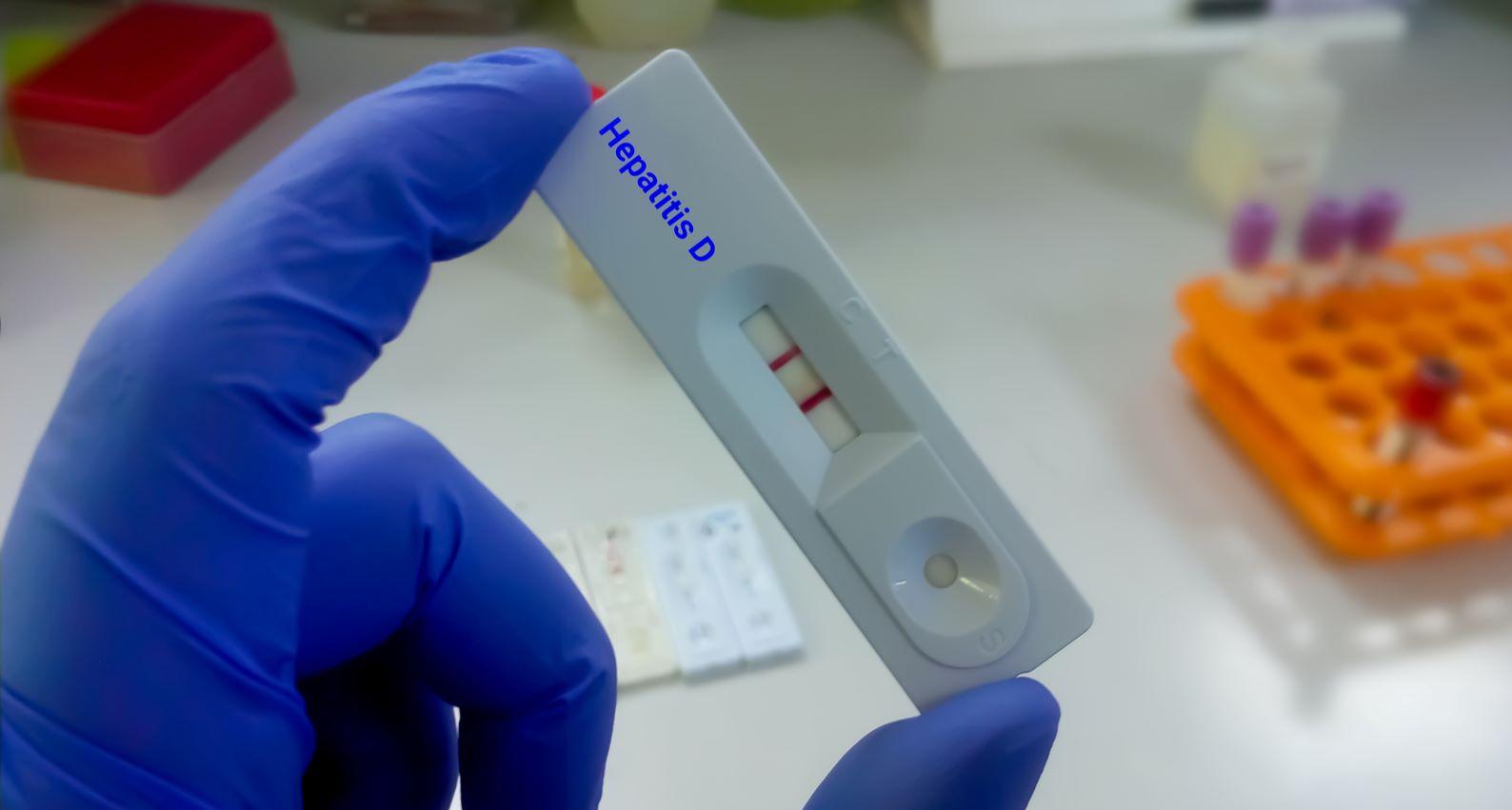Alternative Non-invasive Technologies for Hepatitis Diagnosis
Published on 20 Jan, 2022

Hepatitis is a common disease that has afflicted many in India. Currently, it can be diagnosed and monitored only via a blood test, which can at times give erroneous results. Hence, there is a huge potential for medical device firms to develop smart diagnostic and monitoring devices for hepatitis that can help caregivers in prescribing the correct treatment.
Hepatitis is a major communicable disease common in India that is caused by inflammation of the liver and can damage its functions. Hepatitis can be both long term (chronic) or short term (acute). As of 2019, around 40 million people in India suffered from hepatitis B and approximately 6 million people from hepatitis C. Furthermore, about 17,6000 people die annually due to complications cause by hepatitis B and C. The infection is also a leading cause of disability.
The signatories are required to:
- Viral hepatitis – It is caused by a virus and is further segregated into A, B, C, D, and E. This is the most common type of hepatitis in India.
- Toxic hepatitis – Certain medicines, poisons, chemicals, or health supplements can cause toxic hepatitis.
- Autoimmune hepatitis (AIH) – This is a chronic type of hepatitis that makes the immune system attack the liver. Though its cause is not known, genetics or the environment could cause this illness.
- Alcohol hepatitis – This type is caused due to excessive intake of alcohol.
There is potential in the market for non-invasive monitoring and detection devices of hepatitis. Traditionally, viral hepatitis is detected through liver biopsy, but the chances of error are high due to interobserver variability, sampling mistakes, and complications.
Other complications associated with invasive techniques include infection, air embolism, occlusion, thrombosis, scars, tissue injuries, bleeding, and pain.
Invasive technologies are not suitable for the neonatal/pediatric population, in particular, and hence there is a need for non-invasive technologies.
Some of the non-invasive technologies being explored:
- Multianalyte serum assays with algorithmic analysis – This method has been proposed as an alternative to simple serum tests (ALT, AST, platelet count, prothrombin index). This method takes as input a combination of serum biochemical markers of liver function and age, height, weight, and sex. An algorithmic analysis is conducted to show the correlation between the patient and the type of liver disease.
- Non-invasive imaging – Another alternative to liver biopsy is mapping the elastic properties of the soft tissue. The following are some of the imaging techniques under research:
- Transient elastography (FibroScan) – This technique sends an elastic shear wave that spreads within the liver. The harder the tissue, the faster the shear propagates. When quantified, it helps to track the fibrosis stage.
- Acoustic radiation force impulses – One of the products using this technique is Acuson S2000. It helps understand the extent of fibrosis by evaluating the stiffness of the liver in a small region.
- Real-time tissue elastography – This technique uses ultrasound to display real-time elastography images.
- Magnetic resonance elastography – This method combines sound waves with MRI and creates a visual map, also known as elastogram, that displays the stiffness of body tissues.
- Multiparametric MRI – With this method, it is possible to detect pediatric AIH and track changes over time in response to therapy. Multiparametric MRI shows a 3D image of the affected organ and gives caregivers a whole picture of the impact of the treatment.
- Shear wave elastography – This ultrasound method uses high-frequency sound waves to measure the stiffness of organs. It creates computer images and helps to monitor chronic liver diseases in order to assess the extent of liver fibrosis.
- Serum fibrosis – This method uses serum chemistries to assess hepatic inflammation. Further research is being conducted on empirically identified markers using proteomic, genomic, and metabolomic technologies. Scientists are also trying to develop a targeted serum marker analysis to diagnose the onset of and predict the post-treatment outcome in pediatric liver diseases.
While there have been improvements in vaccines and treatments against hepatitis, it continues to plague many individuals. Hence, there is a need for strategic innovations and newer technologies that can aid caregivers. India is a large and unexplored market that presents opportunities for medical device companies to diagnose, monitor, and treat hepatitis.

